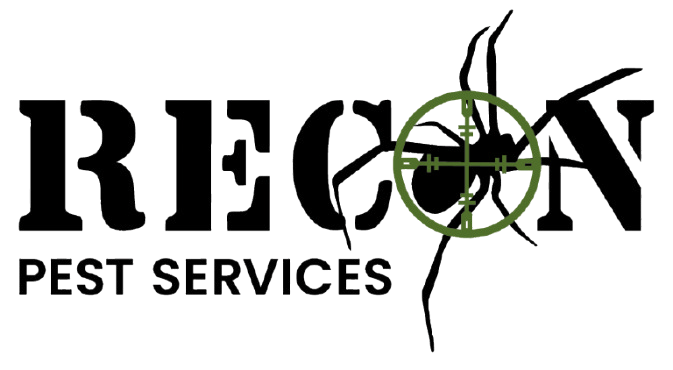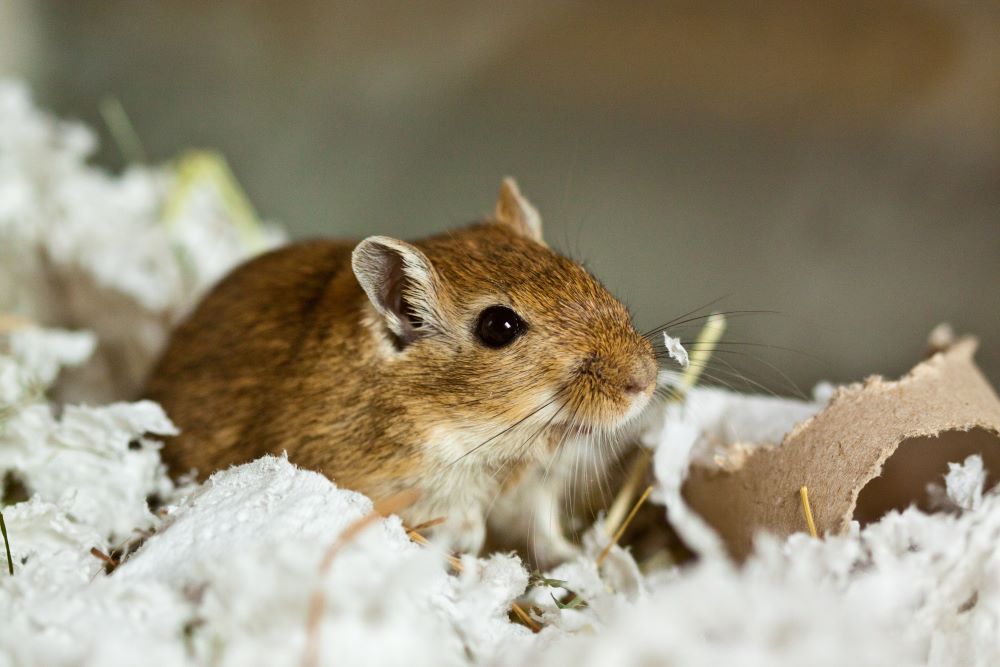Table of Contents
Voles vs mice: what the heck is the difference? They’re both little squeaky rodents that gnaw on the electrical wiring in your walls and leave unsightly poop in and around your home, but there are some key differences between the two pests that lie in their appearance and behavior.
This article will highlight some of the most notable differences between these tiny critters, and how they affect homeowners in Nebraska. If you’re dealing with a vole and/or mouse infestation on your property in Omaha or Lincoln, reach out to RECON Pest Services today for a free consultation.
Physical Characteristics and Appearance
Voles and mice may appear similar at first glance, but upon closer inspection, their physical characteristics differ significantly. Voles, also known as meadow mice, are small rodents that measure around 4-8 inches in length. They have stocky bodies, short legs, and small eyes and ears. Voles have a dense fur coat that varies in color, from grayish-brown to reddish-brown. On the other hand, mice are slightly larger, measuring around 6-8 inches in length. They have slender bodies, long tails, and large ears and eyes. Mice also have fur coats that range in color, including gray, brown, or black.
Damage Caused by Voles vs Mice
Voles and mice are quite disruptive and destructive to homes and gardens, but they have their own special ways of messing up your day. Voles are herbivores and primarily feed on the roots, stems, and bulbs of plants. They create intricate tunnels and burrow systems just beneath the surface of the ground, which can lead to the destruction of lawns, gardens, and agricultural crops. Voles can be a serious problem for farmers, and the vole’s bread and butter are crops and seeds.
Mice, on the other hand, are omnivorous and will eat almost anything they can find. They have a particular fondness for grains, seeds, and fruits, which can result in contaminated food supplies and damaged property. Mice can often be found breaking into basement food storage; a telltale sign of infestation is damaged flour bags with flour strewn about. Mice also have a bad habit of chewing on electric wiring, with the intention of using the cables to structure nests for shelter and breeding.
Identifying Voles vs Mice: Key Differences
While voles and mice may share some similarities in their physical appearance, there are key differences that can help in their identification. One of the most noticeable distinctions is their behavior. Voles are primarily ground-dwelling creatures and spend most of their time underground, rarely venturing above the surface.
In contrast, mice are skilled climbers and can be found both indoors and outdoors. Another distinguishing feature is their diet. Voles are herbivores, as mentioned earlier, while mice are omnivores. Observing the feeding habits of the rodents can provide valuable clues in identifying whether you are dealing with voles or mice.
Signs of Infestation and Damage
If you’ve got a vole or mouse issue, recognizing this early on can help you nip it in the bud early. Voles often make narrow, shallow tunnels and runways only a few inches under the surface of the ground. You’ll see visible ridges and lumps in your lawn or garden, and if you dig it up, you might see a little vole-sized tunnel. They also leave behind small, round droppings near their burrows. Yuck.
Additionally, voles may strip the bark from trees and shrubs, causing damage to the plants. Mice, on the other hand, leave behind small, pellet-like droppings scattered throughout their living areas. They may also gnaw on furniture, walls, and other objects in their search for food and nesting materials. The presence of chewed wires or shredded materials is a clear indication of a mouse infestation.
Prevention and Control Measures
To prevent and control voles and mice infestations, it is essential to take proactive measures. For voles, maintaining a well-maintained lawn and garden is key. Regularly mowing the grass, removing weeds, and keeping the area clean can deter voles from creating burrows. Planting vole-resistant species and using protective barriers, such as wire mesh, around the base of trees and shrubs can also be effective.
For mice, sealing up any potential entry points, such as gaps in walls and foundations, is crucial. Removing potential food sources and keeping food stored in airtight containers can help prevent infestations. Traps, both humane and lethal, can be used to control both voles and mice, but it is recommended to seek professional pest control services for effective and long-lasting results.
Conclusion – Voles vs Mice
Recognizing the signs of infestation, implementing preventive measures, and seeking professional pest control services from your friends at RECON Pest Services, can help protect your property from these rodents. Don’t wait for an infestation – reach out to RECON Pest Services today and ensure that your property is protected!
RECON Pest Services is Omaha & Lincoln’s number one option for rodent control. Reach out today to get started, and make sure your property is protected!






